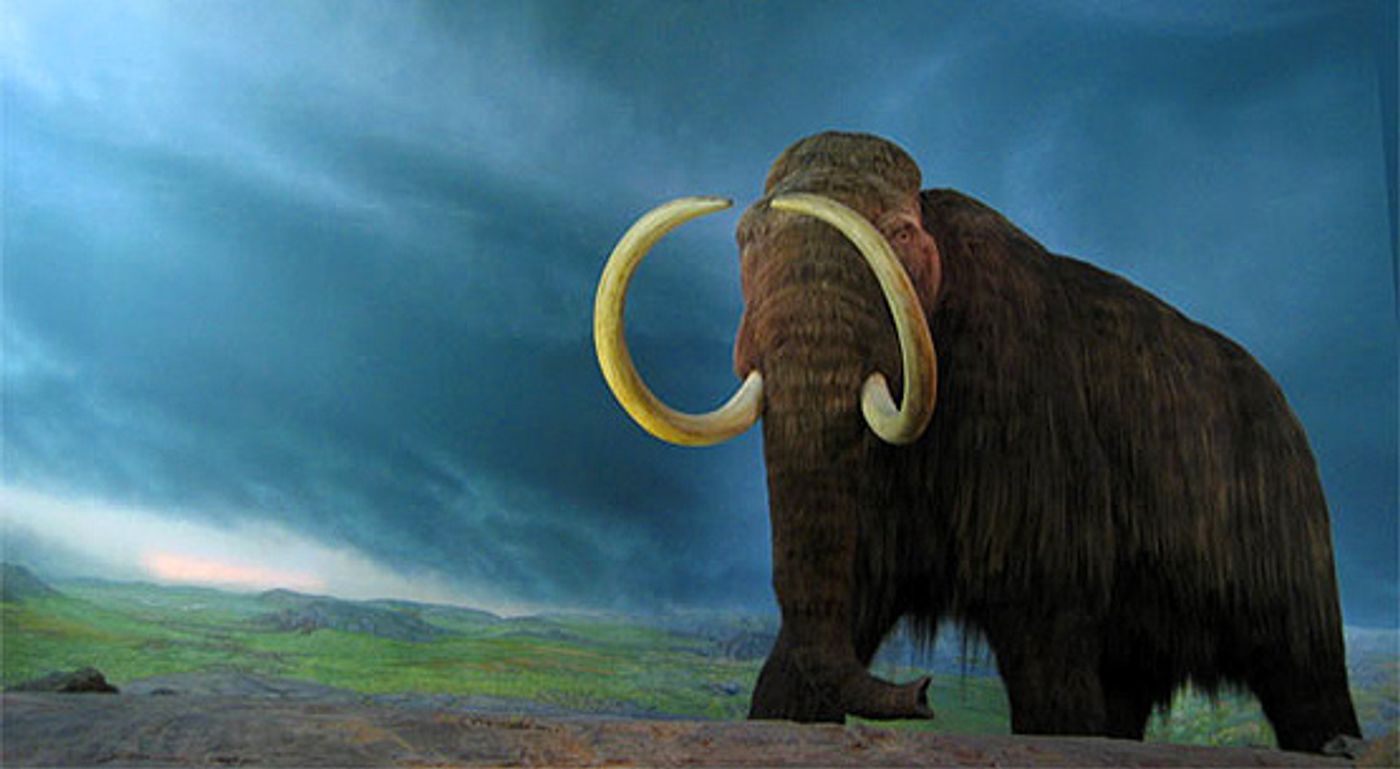Should We Resurrect Extinct Species? Experts Not So Sure...
Science today is becoming a lot more like the science fiction of 30 years ago. The minds of great scientists have come up with ways to do all sorts of things that were once thought to be only possible in our imaginations, and de-extinction of animal species is definitely on that list.

With current cloning technologies becoming better and better, it wouldn’t be all that hard to resurrect an extinct species from the dead with a little DNA tweaking here and there and some time to wait, and soon, we may actually have the means to bring back an animal species from being categorized as extinct.
Of course, should we? Is this a good idea? While some researchers are all about it for the sake of conservation, other researchers aren’t so sure it’s a good idea. In fact, as the technology gets ever-so-seemingly closer to being a reality, the International Union for Conservation of Nature (IUCN) are already laying out strict guidelines to ensure this doesn’t get too out of control.
Some of the things we have to look at are the benefits and ethics of making these kinds of changes. Obviously, playing God in species resurrection is a huge responsibility, and there are a lot of things to consider.
One of those things is ecology; the species obviously went extinct for a reason, and just because we bring the species back into existence doesn’t necessarily mean that its ecology still exists or that it will experience the same quality of life that it did prior to extinction.
A new paper published in Functional Ecology goes over this and more.
"The idea of de-extinction raises a fundamental and philosophical question: Are we doing it to create a zoo or recreate nature?" said co-author Benjamin Halpern, director of UCSB’s National Center for Ecological Analysis and Synthesis. "Both are reasonable answers, but restoring species to a natural state will be a much, much harder endeavor. We offer guidelines for how to make ecological de-extinction more successful and how to avoid creating ‘eco-zombies.’"
Because ecological function is important to the survival of a species, the guidelines take a big look at this detail in particular. Some of the guidelines include:
- Select target species from guilds with low functional redundancy
- Concentrate on species that went extinct recently rather than older extinctions
- Only work with species that can be restored to levels of abundance that meaningfully restore ecological function
Such guidelines definitely make the idea of reviving some species grimmer, but by focusing on more recent extinctions, there may be hope that the ecology for their survival still exists in today’s world.
Obviously, bringing back the dinosaurs in a world like today’s would be pointless and dinosaurs would quickly become extinct once again because they weren’t designed to live in a world like this. On the other hand, for species that have gone extinct just within the past century or so, the world hasn’t changed all that much.
"What some are proposing to do with de-extinction will be like manufacturing a part from the engine of a Model T and trying to shove it into a Tesla," said lead author McCauley, an assistant professor in UCSB’s Department of Ecology, Evolution and Marine Biology. "You just can’t take a part and put it into a brand new system and expect it to work without considering how its ecological context has changed."
"Good conservation is a holistic science that acknowledges the fact that many species interact in complex ways," McCauley added. "The rules in that complex web of life don’t stay static but evolve dynamically."
More ideas focus on whether or not the resurrection of a species would be helpful to nature or humanity. In some cases, using an extinct species to control the population of other species could, in fact, be a good way of controlling biological balance on the planet. For example, bringing insect-eating animals that have gone extinct back to help naturally prevent diseases that are spread by insects.
Overall, we have to carefully assess whether or not bringing a species back from extinction will alter our world’s delicate ecosystem. When a species goes extinct, it allows another species to thrive, and bringing an extinct species back could pose risks to other species or change the world’s ecosystem balance as we know it.
Overall, there are a lot of pros and cons to this venture, but if we do partake, we will have to tread carefully and have an abort plan if necessary.
Source: UC Santa Barbara








